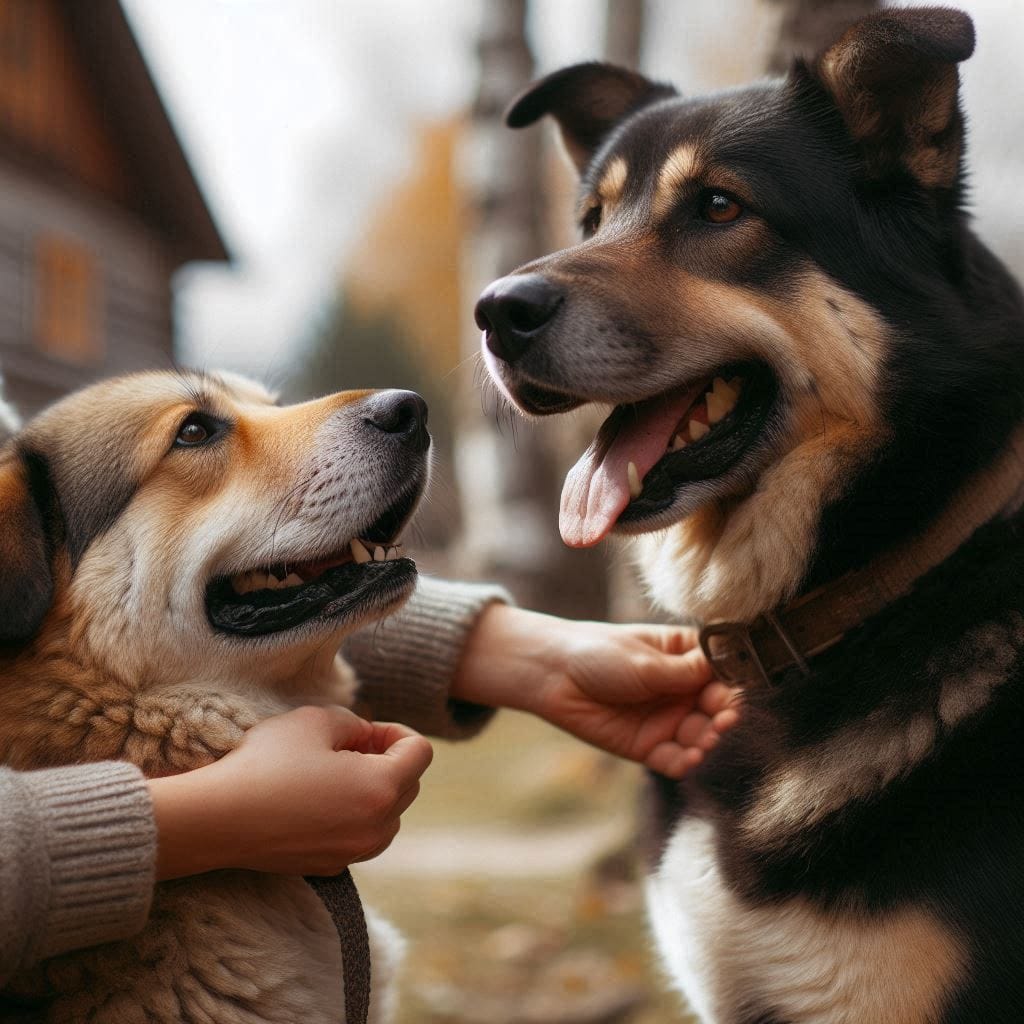Essential Dog Obedience Exercises: Building a Well-Behaved, Happy Dog
Introduction: Dog obedience exercises are a vital part of raising a well-mannered and responsive pet. These exercises not only improve a dog’s behavior but also strengthen the bond between dog and owner. From basic commands to advanced obedience, each exercise builds on a dog’s understanding of acceptable behavior. This guide covers five key dog obedience exercises that will help you create a balanced, disciplined, and happy pet.
1. Basic Commands for Obedience
The foundation of dog obedience exercises lies in teaching basic commands such as “sit,” “stay,” “come,” and “down.” These commands create a mutual understanding between you and your dog, setting the groundwork for more advanced obedience training. Mastery of these commands ensures that your dog listens to you in various situations, enhancing safety and communication.
Why Basic Commands Matter
Basic commands give your dog a sense of structure and guidance. Starting with simple commands allows your dog to build confidence and prepares them for more complex obedience tasks. Practicing these commands regularly also helps dogs stay engaged and focused.

2. Leash Training and Control
Leash training is an essential part of dog obedience exercises, as it allows you to control your dog in public spaces. A well-trained dog should be able to walk on a loose leash without pulling. Leash training not only makes walks more enjoyable but also reinforces your dog’s ability to listen to commands and stay calm.
Improving Leash Skills
Begin leash training in a quiet area to minimize distractions. Use positive reinforcement to reward your dog when they walk beside you without pulling. Gradually increase distractions and practice in different environments. Leash training requires patience but plays a crucial role in a dog’s overall obedience.
3. Impulse Control and Focus Exercises
Impulse control and focus exercises are invaluable in dog obedience training. Teaching your dog to resist distractions, avoid jumping, and stay focused can prevent unwanted behaviors. These exercises involve training your dog to stay patient and respond to commands, even in stimulating environments.
Building Focus and Patience
One effective exercise for impulse control is the “leave it” command, which teaches your dog to resist taking a treat or toy until given permission. Another exercise involves having your dog wait for a command before starting an activity. Over time, these exercises improve your dog’s self-control and attentiveness.
4. Socialization and Interaction Training
Socialization is a fundamental part of dog obedience exercises, helping dogs become comfortable in various environments and around different people and animals. A well-socialized dog is less likely to react aggressively or fearfully, making socialization an essential element of a balanced obedience routine.
Engaging in Safe Socialization
Introduce your dog to different environments, people, and dogs gradually. Positive reinforcement during interactions encourages your dog to behave calmly and confidently. Socialization helps prevent anxiety and fosters better behavior, ensuring that your dog remains obedient in unfamiliar settings.
5. Advanced Obedience Skills
Advanced obedience exercises take dog training to the next level by teaching skills like “heel,” “stay at a distance,” or “recall.” These skills require a higher level of focus and discipline and keep dogs mentally stimulated. Advanced training exercises can also be practical, ensuring your dog listens to commands in complex situations.
Enhancing Obedience Through Advanced Skills
Begin with shorter sessions to introduce advanced commands, then gradually increase the difficulty. For example, practicing “heel” teaches your dog to stay close even off-leash, while “recall” builds a reliable response to come back on command. These exercises enrich your dog’s obedience and strengthen your relationship.
Conclusion: Dog obedience exercises are essential for creating a well-rounded, disciplined, and happy dog. By incorporating basic commands, leash training, impulse control, socialization, and advanced skills, you can significantly improve your dog’s behavior and responsiveness. For training tools and resources to support your obedience training journey, visit kyopetcare.com. Start with these exercises, and watch your dog transform into an obedient and balanced companion!






